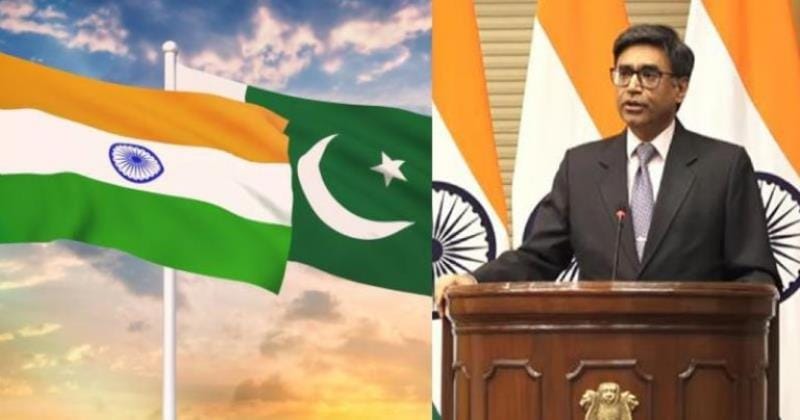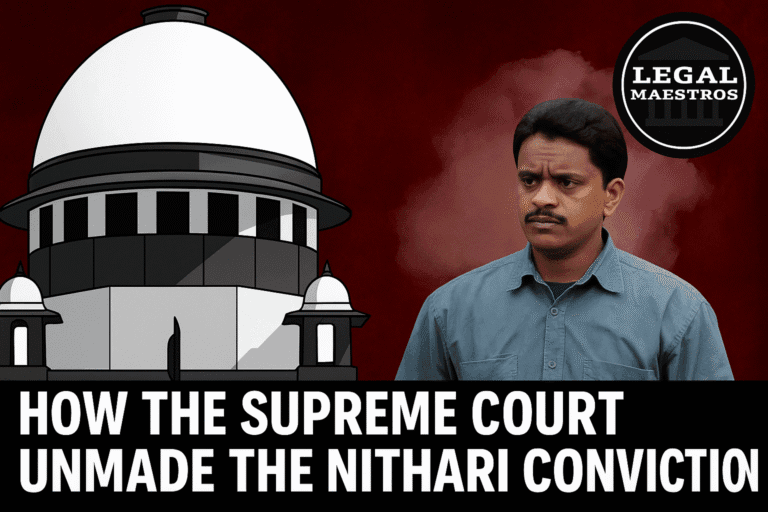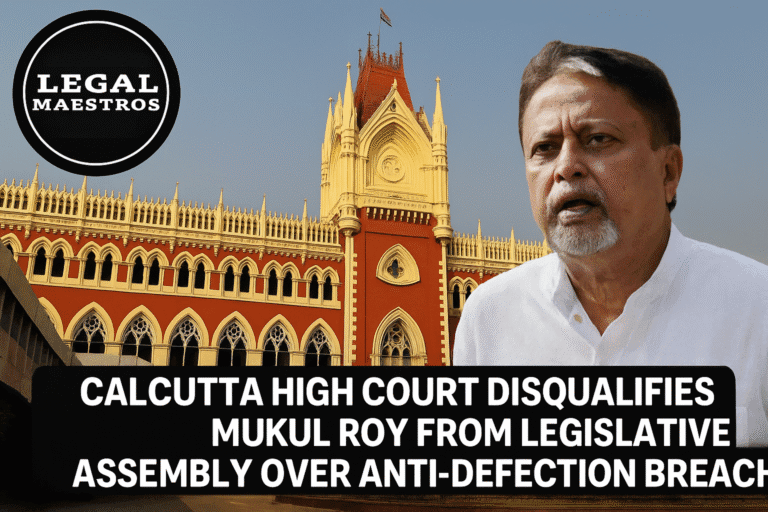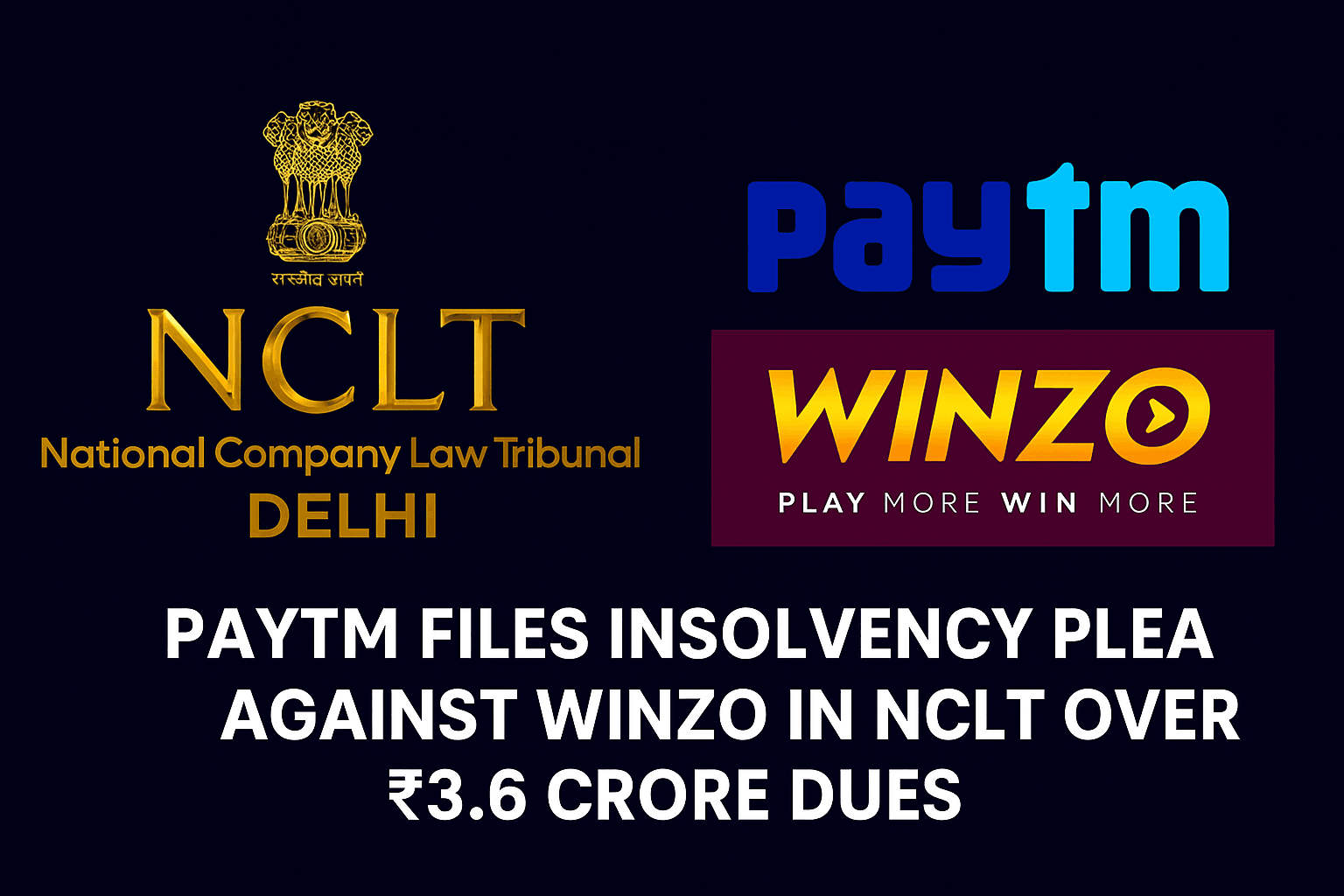
India-Pakistan Ceasefire Breaches: Exploring the Legal Consequences Under the Geneva Conventions and UN Framework
The Starting Point
As a result of the tensions that exist along the Line of Control between India and Pakistan, ceasefire agreements have been regularly reached, only to be broken shortly thereafter. Not only does each breach have diplomatic repercussions, but it also has the potential to have legal repercussions in accordance with international law. Generally speaking, these infractions are governed by two primary frameworks
: the Geneva Conventions, which establish guidelines for humanitarian behavior during times of armed conflict, and the United Nations Charter, which forbids the unlawful use of force and gives collective responses the authority to be implemented. When ceasefires fail, having a better understanding of how these rules apply helps provide light on the remedies and obligations that are available.
The historical context of the ceasefire is as follows:
On several instances, India and Pakistan have reached an agreement to suspend hostilities, dating back to the initial ceasefire that took place in 1949. The occasional gunfire, shelling, and raids across the border continue, notwithstanding the official agreements that have been made.
For any queries or to publish an article or post or advertisement on our platform, do call at +91 6377460764 or email us at contact@legalmaestros.com.
At the same time as these instances put the lives of civilians in jeopardy, they also put the strength of international legal principles to the test. It is possible to see that violations of ceasefires are more than just failures of policy by evaluating particular legal requirements. These violations may become violations of legally obligatory international duties that have predetermined potential repercussions.
For More Updates & Regular Notes Join Our Whats App Group (https://chat.whatsapp.com/DkucckgAEJbCtXwXr2yIt0) and Telegram Group ( https://t.me/legalmaestroeducators )
The Legal Structure that is Established by the Geneva Conventions
Conduct during times of armed conflict is regulated by the four Geneva Conventions of 1949 and their Additional Protocols, which also provide protection for individuals who are not directly involved in the fight.
For any queries or to publish an article or post or advertisement on our platform, do call at +91 6377460764 or email us at contact@legalmaestros.com.
Furthermore, the underlying international armed conflict continues to exist even when there is a ceasefire, which means that these Conventions are valid at all times.
Members of the armed forces who are injured or ill while serving in the field are protected by Geneva Convention I (GC I). Article 23 makes it illegal to attack anyone who are hors de combat, which means they are unable to fight. Those individuals who are the targets of a ceasefire breach are in violation of this regulation.
The third Geneva Convention (GC III) covers the issue of prisoners of war. With regard to prisoners, “wilful killing,” “torture,” and “inhuman treatment” are all considered to be severe violations according to Article 130. In the event that combatants are seized during a violation of a ceasefire and abused, those guilty will be held accountable for criminal responsibility.
For any queries or to publish an article or post or advertisement on our platform, do call at +91 6377460764 or email us at contact@legalmaestros.com.
Article 3 of the Common Convention, which is contained in all four Conventions, relates to armed conflicts that are not international in scope, but it still represents minimal humanitarian principles. It prohibits all forms of aggression against life and person, including but not limited to homicide, mutilation, and mistreatment. According to Common Article 3, any act of violence that occurs during a ceasefire and has an impact on civilians or combatants who are not actively involved in fighting is a violation.
Perfidy is described as conduct that invite the confidence of an enemy to believe that they are entitled to protection under the Conventions, with the intention to betray that confidence. Additional Protocol I, Article 37, outlaws perfidy. Using a ceasefire facility or a truce flag as a cover for an attack is a violation of the truce and, as a result, a war crime.
Violations That Are Considered to Be Crimes of War
According to the Geneva Conventions, certain wrongdoings are considered “grave breaches” and are automatically considered to be crimes against humanity. In both Article 49 of the General Convention I and Article 50 of the General Convention II, the phrases “wilful killing,” “torture,” “inhuman treatment,” and “extensive destruction of property” are specifically included as grave violations.
For any queries or to publish an article or post or advertisement on our platform, do call at +91 6377460764 or email us at contact@legalmaestros.com.
The threshold for grave breaches under General Convention IV, Article 147 is met when a ceasefire violation results in purposeful attacks on civilian houses, schools, or hospitals: these actions meet the criteria for grave breaches.
This classification not only puts universal jurisdiction on other nations to prosecute offenders, but it also requires governments to investigate and prosecute those who have committed crimes.
obligations imposed by the United Nations Charter
The use of force between states is governed by the United Nations Charter, which goes beyond humanitarian law. The use of force or the threat of force against the territorial integrity or political independence of any state is prohibited under Article 2(4). A violation of the ceasefire makes it very evident that this principle is violated because it rekindles hostilities across international borders.
For any queries or to publish an article or post or advertisement on our platform, do call at +91 6377460764 or email us at contact@legalmaestros.com.
In the event that an armed assault takes place, Article 51 ensures that the “inherent right of individual or collective self-defense” is fully protected. This power may be exercised by a state that is under repeated fire; but, it may only be exercised to the degree that is required to “restore” the ceasefire or protect its territory. Any form of retribution that is disproportionate could be considered a violation of Article 2(4).
Functions of the United Nations Security Council
When violations of ceasefires pose a threat to world peace, the Security Council has the authority to take action in accordance with Chapter VII of the Charter. The Council is given the authority to judge whether or not a threat exists, as well as to make recommendations or decisions about measures.
In accordance with Article 42, they may include diplomatic inquiries, sanctions, and even the authorization of force in order to maintain or restore peace. The United Nations Security Council may take additional measures, such as economic restrictions or arms embargoes, against states who violate a resolution that endorses a ceasefire.
For any queries or to publish an article or post or advertisement on our platform, do call at +91 6377460764 or email us at contact@legalmaestros.com.
The Responsibility of States and Methods of International Treatment
Under international law, states are held accountable for violations of the duties outlined in treaties. Within the framework of the Articles on Responsibility of States for Internationally Wrongful Acts, a state that commits a violation of the Geneva Conventions or the United Nations Charter is obligated to put an end to the wrongful conduct, provide guarantees that it will not be repeated, and provide complete compensation for the harm that it has caused. A person may seek restitution, compensation, or satisfaction as a kind of reparations.
With the condition that both governments acknowledge the jurisdiction of the International Court of Justice, affected people have the ability to file claims against the state that committed the offense through diplomatic channels or before the court itself.
Accountability Mechanisms and Procedures
Individuals who commit grave violations may be subject to criminal prosecution in addition to the remedies that are available from state to state. Articles 49 and 50 of the Geneva Conventions require governments to conduct a search for and bring criminal charges against individuals who are suspected of having committed or directed grave violations.
For any queries or to publish an article or post or advertisement on our platform, do call at +91 6377460764 or email us at contact@legalmaestros.com.
Other states have the ability to exercise universal jurisdiction in situations where national courts are either reluctant or unable to take action. Furthermore, fact-finding missions, such as those formed by the United Nations Human Rights Council, have the capacity to document violations and suggest prosecutions, which adds additional pressure into the accountability process.
Enhancing Compliance and Preventative Measures
Legal repercussions on their own might not be enough to prevent violations of the ceasefire unless they are accompanied by stringent monitoring and enforcement. Observers from other countries, such as those from the United Nations Military Observer Groups, are able to verify that the provisions of the ceasefire are being adhered to.
Their presence has the effect of discouraging transgressions and providing reports that are objective. Ensuring that these procedures are strengthened, in conjunction with domestic law that makes such violations more clearly criminal, will help close enforcement gaps.
For any queries or to publish an article or post or advertisement on our platform, do call at +91 6377460764 or email us at contact@legalmaestros.com.
In accordance with the Geneva Conventions and the United Nations Charter, violations of the ceasefire between India and Pakistan incur severe legal repercussions at the international level. Individual criminal culpability is imposed on those who commit war crimes and grave breaches, whereas governmental responsibility frameworks require the termination of unlawful activities and the distribution of reparations.
Collective actions can be imposed by the United Nations Security Council in order to restore peace. The political will, the robust monitoring, and the preparedness of national and international tribunals to hold violators accountable are the three most important factors that determine whether or not these legal norms are adhered to.
It is possible for the international community to lessen the number of casualties caused by renewed hostilities if they provide ceasefire agreements a legal foundation that can be enforced and make sure that adequate oversight is in place.
For any queries or to publish an article or post or advertisement on our platform, do call at +91 6377460764 or email us at contact@legalmaestros.com.




![Research Assistantship @ Sahibnoor Singh Sindhu, [Remote; Stipend of Rs. 7.5k; Dec 2025 & Jan 2026]: Apply by Nov 14, 2025!](https://legalmaestros.com/wp-content/uploads/2025/11/Gemini_Generated_Image_s0k4u6s0k4u6s0k4-768x707.png)
![Karanjawala & Co Hiring Freshers for Legal Counsel [Immediate Joining; Full Time Position in Delhi]: Apply Now!](https://legalmaestros.com/wp-content/uploads/2025/11/Gemini_Generated_Image_52f8mg52f8mg52f8-768x711.png)